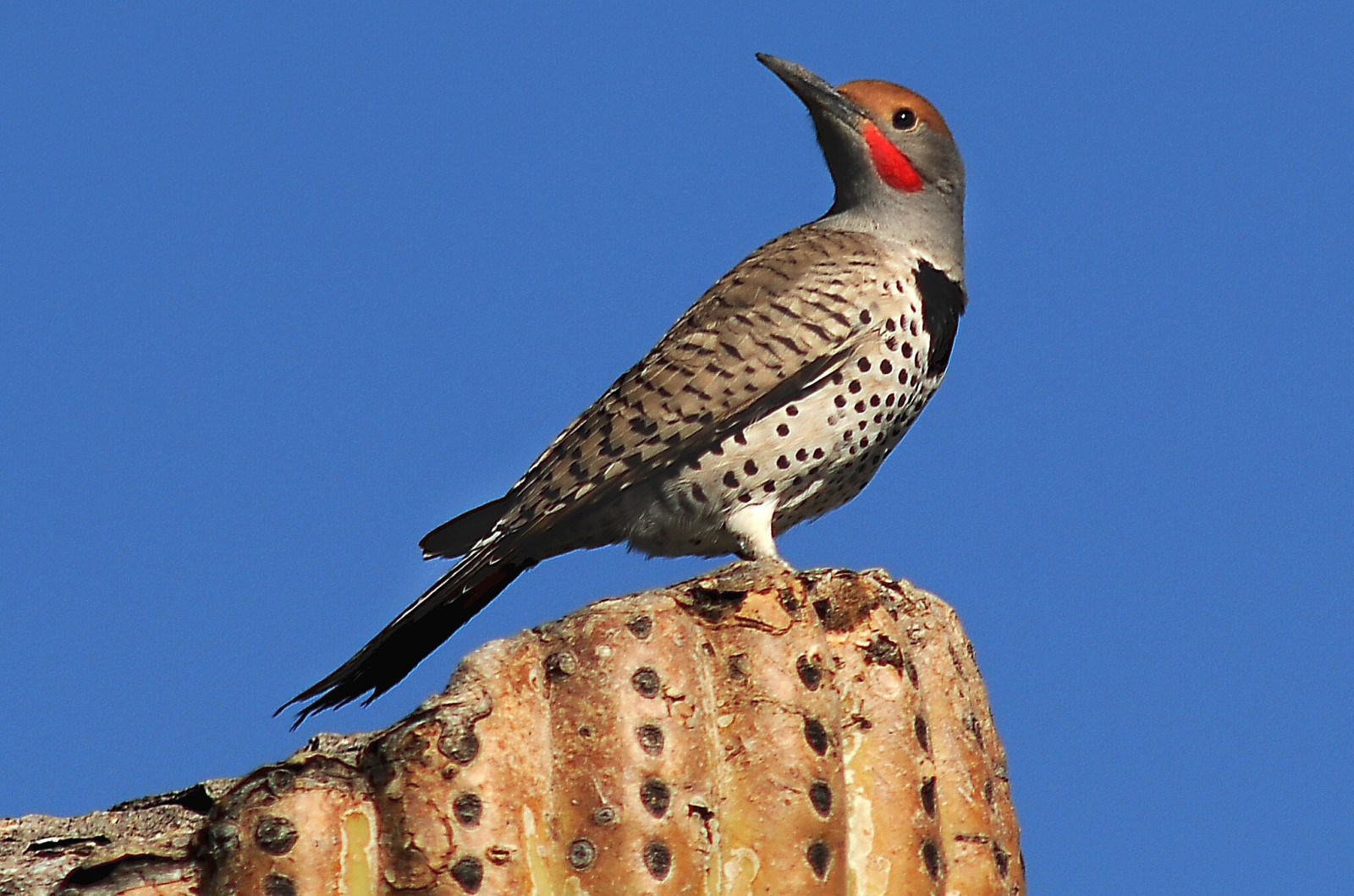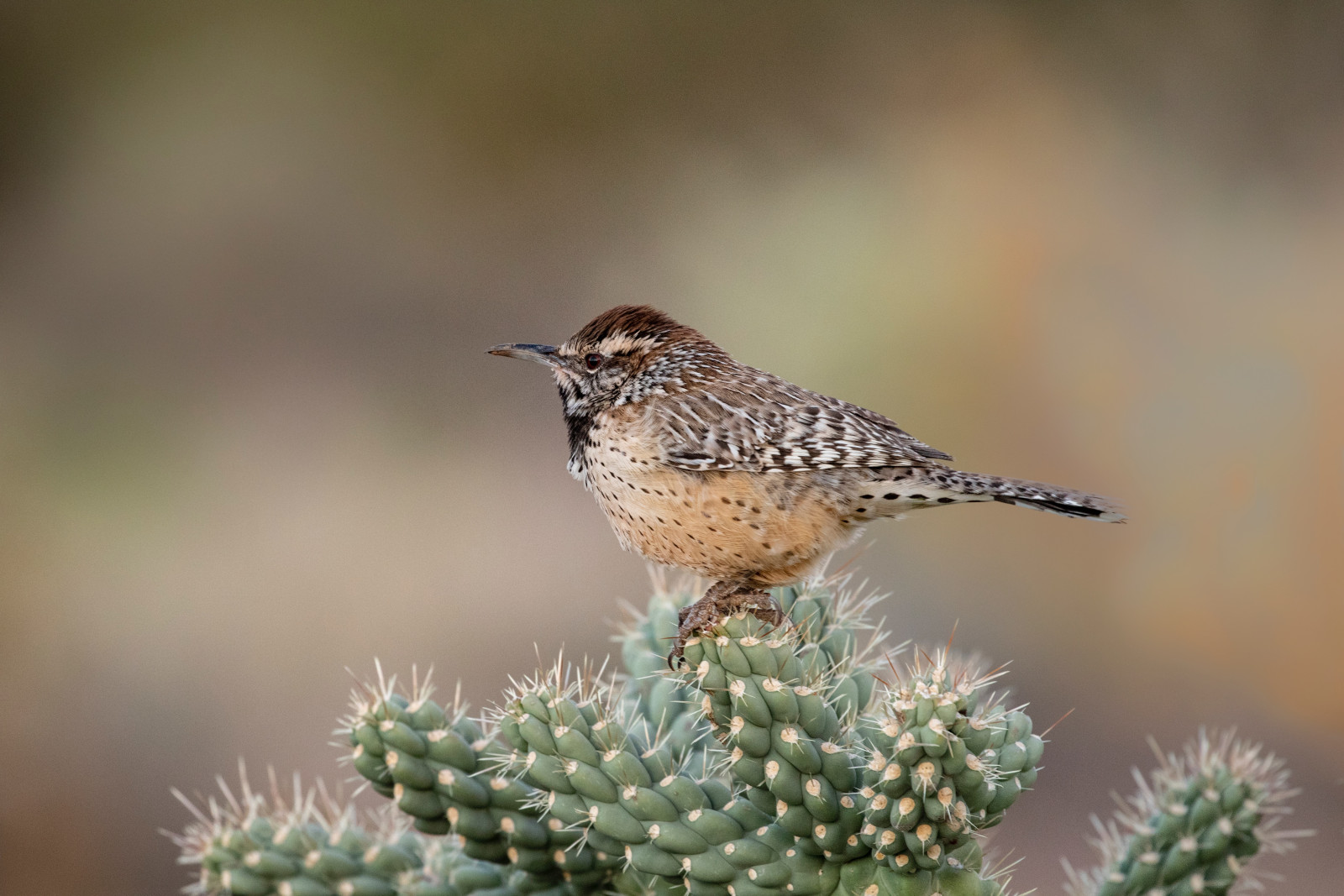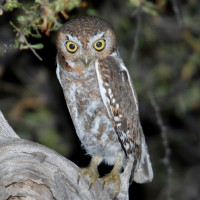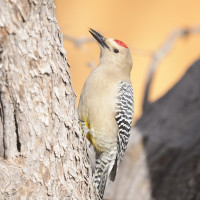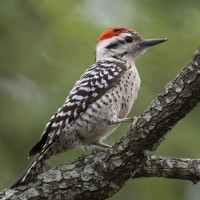Opis
Saguaro National Park is 92,000-acre (37,000 ha) park in southeastern Arizona. It protects desert landscapes, fauna, and flora, including the giant saguaro cactus. The saguaro is the universal symbol of the American west. These majestic plants, found only in a small portion of the United States, are protected by Saguaro National Park, to the east and west of the city of Tucson. Here you have a chance to see these enormous cacti, silhouetted by the beauty of a magnificent desert sunset. It is the habitat of many mammals, reptiles and birds.
The western part of Saguaro National Park is at least as beautiful as the eastern part. It is more hilly and more separated from the city of Tucson by the Tucson Mountains. Saguaro National Park contains many species seen in few other places in the United States, such as Vermilion Flycatcher and Whiskered Screech-Owl. The diversity of habitats in the park ranges from lowland desert up to pine forests. These diverse ecosystems support a surprising array of bird life. Common desert birds include Greater Roadrunner, Gila Woodpecker, and Gambel's Quail. In the park's higher elevations you can find Yellow-eyed Junco and Mexican Jay. Among the other birds you can encounter are Elf Owl (on and in saguaro cactus), Gilded Flicker, Ladder-backed Woodpecker, Cactus Wren, Verdin, Black-tailed Gnatcatcher, Pyrrhuloxia and Lesser Nighthawk.
Szczegóły
Dostęp
Saguaro National Park has two districts geographically separated by the city of Tucson. The Rincon Mountain District (RMD) is often referred to as Saguaro East, while the Tucson Mountain District (TMD) is often referred to as Saguaro West. It is just a 20 minute drive from the city of Tucson to the Red Hills visitor center of Saguaro National Park West where hiking trails start. Press P on the map for directions to the parking. The visitor center is open daily from 9:00 AM to 5:00 PM from October 1st to May 31st, and from 8:00 AM to 4:00 PM from June 1st to September 30th. In spring temperatures are nice.
 by Burley Packwood, CC BY-SA 4.0 httpscreativecommons.orglicensesby-sa4.0, via Wikimedia Commons.jpg)
